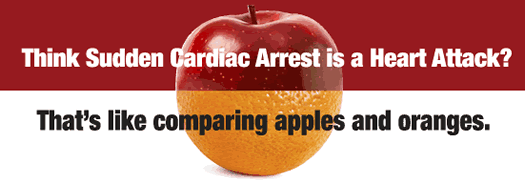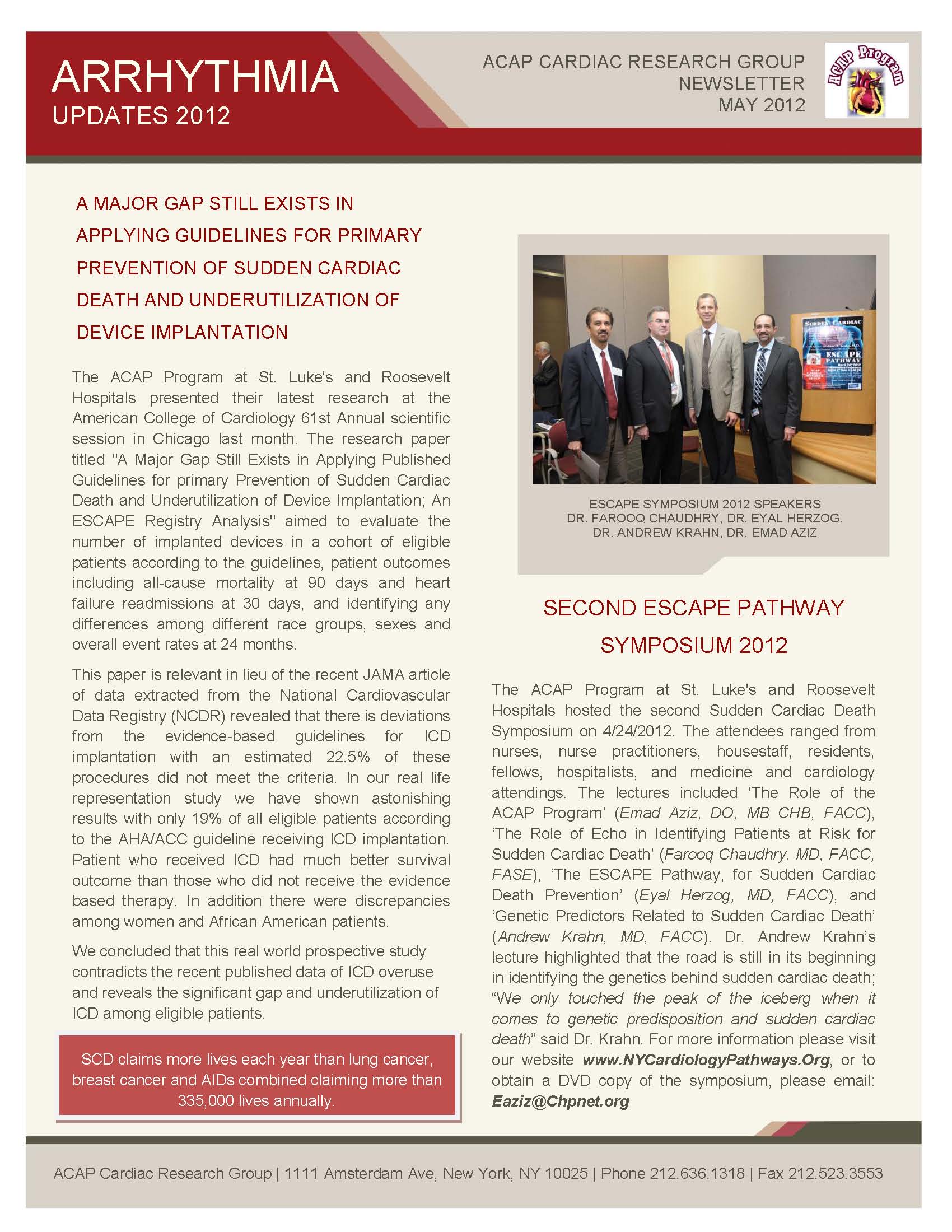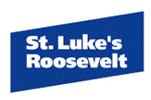

Sudden Cardiac Death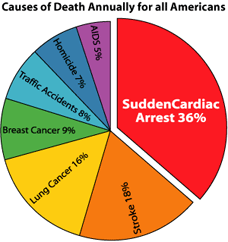
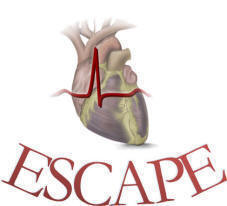 Sudden cardiac death is one of the leading causes of death in the United
States, accounting for an estimate 450,000 deaths each year. The US Congress
passed a resolution in late September 2008 designating October as “National Sudden Cardiac Arrest Awareness Month.”
Sudden cardiac death is one of the leading causes of death in the United
States, accounting for an estimate 450,000 deaths each year. The US Congress
passed a resolution in late September 2008 designating October as “National Sudden Cardiac Arrest Awareness Month.”
In an effort to raise awareness for preventing unnecessary deaths because of sudden cardiac death, the resolution “calls upon the people of the United States to observe this month with appropriate programs and activities.” The response from our institute was to develop a novel pathway named ESCAPE—which is an evidence-based novel pathway for low Ejection fraction and Sudden Cardiac death Awareness and Prevention Eligibility.
The main objective of this program is to demonstrate that implementing a simple novel pathway for primary prevention of sudden cardiac arrest leads to an increase in the number of patients with low ejection fraction ( 35%) referred for implantable cardioverter defibrillators therapy. The key difference of our pathway compared with prior reported algorithms is that it is initiated at imaging laboratories.
The registry will consist of consecutive patients presenting to our imaging laboratories (the echocardiography, the nuclear, and the cardiac catheterization laboratories). The ESCAPE pathway defines patients’ management based upon 3 key parameters: left ventricular ejection function, heart failure functional class, and an evidence of a prior myocardial infarction or coronary artery disease. We hope that this new novel pathway will help to bridge the gap between the complex guidelines and the actual clinical practice and will help to save many lives.
Sudden Cardiac Arrest Statistics- Sudden Cardiac Arrest (SCA) is a leading cause of death in the United
States, claiming an estimated 451,000 lives each year.
- SCA kills 1,000 people a day or one person every two minutes.
- SCA most often occurs in patients with heart disease, especially those
who have congestive heart failure and have had a heart attack.1
- It is estimated that 95 percent of victims of cardiac arrest die before
they reach a hospital or other source of emergency help.
- As many as 75 percent of people who die of SCA show signs of a previous
heart attack. Eighty percent have signs of coronary artery disease.
- SCAs accounted for 10,460 (75.4 percent) of all 13,873 cardiac disease
deaths in persons aged 35-44 years, and the proportion of cardiac arrests
that occurred out-of-hospital increased with age, from 5.8 percent in
persons aged 0-4 years to 61.0 percent in persons aged >85 years.2
- SCAs accounted for 63.7 percent of all cardiac arrests among whites,
62.3 percent among African Americans, 59.8 percent among American
Indians/Alaska Natives, 55.8 percent among Asians/Pacific Islanders, and
54.2 percent among Hispanics. Whites had the highest proportion of cardiac
arrests out-of-hospital, and African Americans had the highest proportion of
cardiac arrests in an Emergency Department or dead on arrival.3
- According to the Centers for Disease Control and Prevention (CDC),
deaths from sudden cardiac arrest increased 10 percent (from 2,719 in 1989
to 3,000 in 1996) in people between the ages of 15 and 34. In young women,
the death rate from SCA increased 30 percent. African Americans are more
likely to die from SCA than whites.
- Wisconsin, Idaho, and Utah have the highest percentage of cardiac arrests.4
1
AHRQ Research Activities, December 2002: Researchers examine the risk factors
for sudden cardiac arrest and management of at-risk patients.
2 MMWR Weekly February 15, 2002/51(06); 123-6: State-Specific
Mortality from Sudden Cardiac Arrest --- United States, 1999.
3 MMWR Weekly February 15, 2002/51(06); 123-6: State-Specific
Mortality from Sudden Cardiac Arrest --- United States, 1999.
4 MMWR Weekly February 15, 2002/51(06); 123-6: State-Specific
Mortality from Sudden Cardiac Arrest --- United States, 1999.

ACAP ESCAPE Symposium 2012
Where is the GAP? The Role of the ACAP Program?
Overview of ICD trials? ACC/AHA/HRS Guidelines
